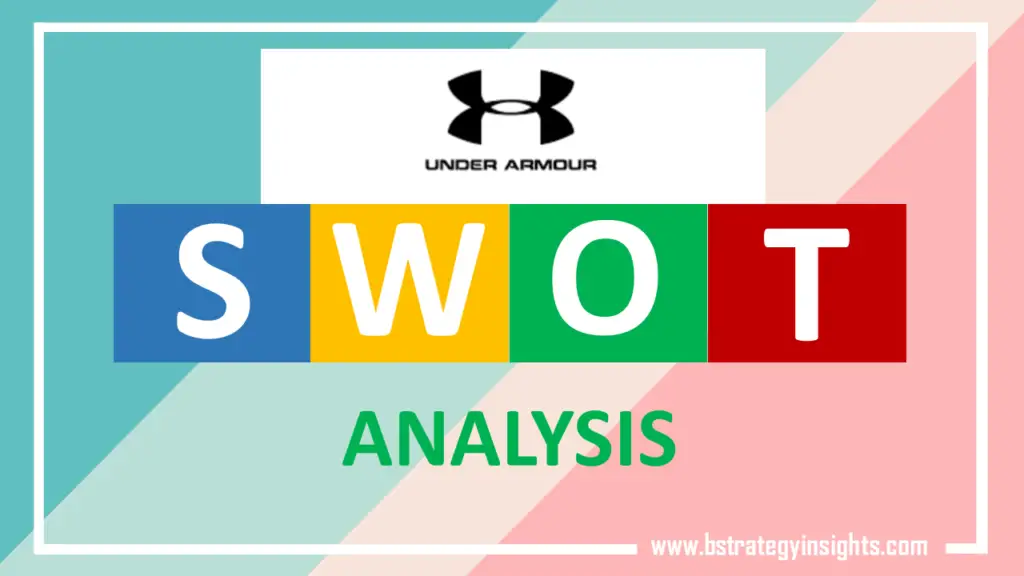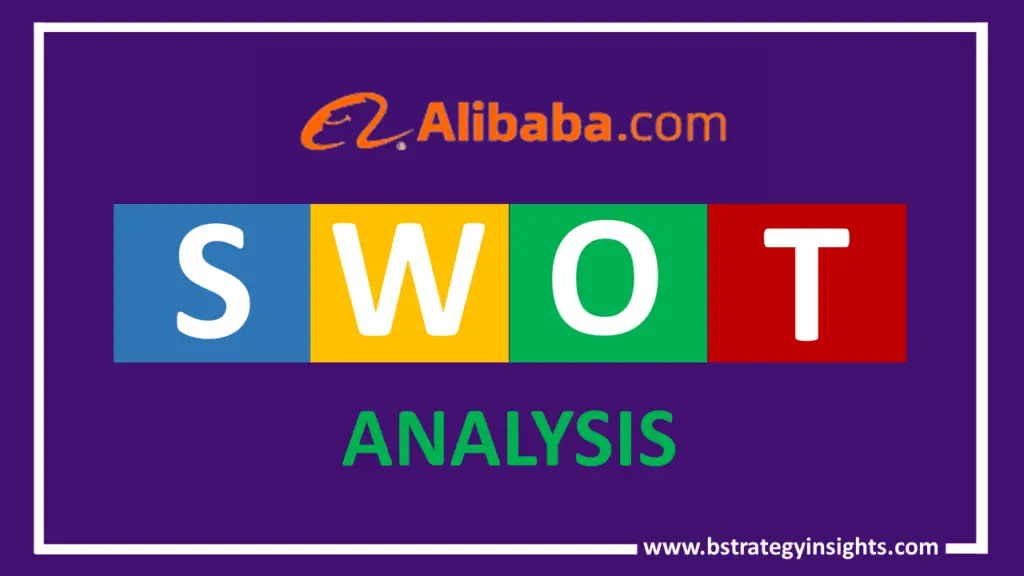
Originating in Washington, DC, in 1996, Under Armour is a leading provider of sports equipment. The company manufactures and offers sports and casual apparel along with footwear. Under Armour currently has more than 350 stores, including both brand and factory houses. Its primary market is the US market, where it generates a substantial portion of its revenues.
Under Armour’s founder, Kevin Plank started the company from his grandmother’s basement. The company initially offered limited products. However, it grew its product lines by offering athletic shoes, t-shirts, jackets, hoodies, pants, leggings, shorts, bras, face masks, accessories, and much more. The company also manufactures uniforms for American football, basketball, and soccer.
Under Armour was one of the first companies to sell moisture-wicking apparel. Inspired by personal experience, the founder, Kevin Plank, came up with the idea for the product. Soon, its competitors, Nike, Adidas, and Reebok also started offering similar products. However, the company made these products in a small quantity. By 1997, the founder set up a factory in Ohio to increase its production.
Under Armour grew its business primarily through word-of-mouth promotion initially. However, the company started getting a boost from movies over the years. On top of that, it became a sponsor to various leagues and movies, which increased its reputation even further. Under Armour also became the official outfitter for XFL.
Under Armour went public in November 2005 through an IPO. This process allowed the company to raise $153 million in the capital, which helped it expand its business. The company experienced growing revenues over the years due to its successful business model. In 2019, Under Armour generated revenues of $5.27 billion. These revenues resulted in $236.77 million in operating and $92.14 million in net income.
Currently, Under Armour competes with various well-known brands globally. These include names from activewear, footwear, apparel, and other related industries. In many market segments, it competes with names such as Nike and Adidas.
In this article, we cover the SWOT analysis of Under Armour highlighting the company’s strengths, weaknesses, opportunities, and threats. This SWOT analysis provides a strategies analysis of a company’s internal and external environments.
Under Armour – At a Glance
Given below is Under Armour’s company profile.
| Name | Under Armour, Inc. |
| Website | www.underarmour.com |
| Founder | Kevin Plank |
| Year founded | 1996 |
| Chief Executive Officer (CEO) | Patrik Frisk |
| Executive Chairman | Kevin Plank |
| Headquarters | Baltimore, Maryland, United States |
| Type of corporation | Public |
| Revenues (2019) | $5.27 billion |
| Key products/ services | Footwear, sportswear, clothing, toiletries |
| Key competitors | Nike, Adidas, Reebok, ASICS, New Balance, PUMA, Vans, Fila, Puma, Skechers |
Under Armour’s Strengths
Strengths include internal factors that provide a company with a competitive edge over its competitors. These internal factors may come from processes that the company performs correctly, its history, access to exclusive resources, etc. Some of Under Armour’s strengths are as below.
Brand name
Over the two decades that Under Armour has been active, it has developed brand recognition for itself. The company has sponsored various sports events, teams, and leagues. On top of that, it has also been a sponsor to some high-profile athletes, such as Stephen Curry. Through these, Under Armour has developed its brand name and become a household name in the US.
Product portfolio
Under Armour initially offered a limited number of products. However, over the two decades, the company has significantly increased its product portfolio. Its current number of products make it one of the best options for activewear, sportswear, and other apparel products. Its products are also one of the primary reasons for its dominance in various markets.
Digital expansion
Under Armour has also targeted the digital market through its digital expansion policy. The company acquired several apps, such as MapMyFitness and MyFitnessPal. These acquisitions allowed the company to offer its products to online users. Through these, the company has significantly increased its revenue potential and customer base.
Global reach
Under Armour has established its presence in various markets globally. The company has several locations in North America, Latin America, Asia-Pacific, and Europe. Under Armour’s vast range of distributors, chains have helped in this process. The company also offers its products digitally, further increasing its global reach.
Under Armour’s Weaknesses
Weaknesses are the opposite of strengths and include internal factors that drive competitive edge away. These factors can limit a company’s growth, revenues, or customer base. On top of that, it can have several adverse effects. Some of Under Armour’s weaknesses include the following.
Pricing
Under Armour offers a vast selection of products that are premium quality. However, these products are also on the expensive side when it comes to pricing. For middle or low-class customers, Under Armour’s products are unaffordable. It is one of the reasons why some customers have driven away to competitors with affordable products.
Dependent on the US market
Under Armour has a global reach across various continents. However, the company also depends on the US market for a high portion of its overall business. Under Armour has been successful in exploiting the market and generating revenues from it. However, this dependency has also hindered its revenues over the years.
High investment costs
Under Armour has been active in the investment market over the years. The company has spent billions in investments over the years. Some of these investments have been successful in growing its overall business. However, some others have also caused losses and proven to be wrong decisions. The high investment costs have been one of Under Armour’s primary weaknesses.
Under Armour’s Opportunities
Opportunities are external factors that present companies with a potential strength. These factors apply to all companies within a market or industry. For companies, it is crucial to exploit them and convert them into strengths. Some of Under Armour’s opportunities include the following.
Product diversification
Under Armour has a wide range of products available to its customers. The company claims to be innovative in its operations and has proven it from the beginning. However, it still has the opportunity to diversify its products to enter new markets. This way, the company can attract more consumers without altering its business model significantly.
Fitness market
Under Armour’s primary product range caters to consumers who want to be fit. However, the company still shares its revenues with competitors, such as Nike, Puma, Adidas, etc. Under Armour has the opportunity to exploit this market, with more people preferring a fit lifestyle. By targeting the fitness-conscious customer base, Under Armour can increase its revenues.
Collaborations
Under Armour has been successful with several other companies in the past, for example, Kohls. Collaborations provide a unique opportunity for Under Armour to increase its business. The company can also build a network to reach new audiences and markets for its products. Furthermore, it also provides benefits to the opposing party, making it a win-win situation.
Under Armour’s Threats
Threats are external factors that can cause issues in the future. These are the opposite of opportunities and can exist for all companies within a market. Companies must identify these to ensure they don’t suffer. Some of Under Armour’s threats are as follows.
Competition
Under Armour operates in a competitive market. It currently faces competition from various high-profile names, such as Nike, Puma, Adidas, etc. On top of these, the company also faces a threat from any new competitors entering the market. Despite its established business, Under Armour can face issues from the increasing competition.
Controversies
Under Armour has faced many controversies over the years. These controversies have tarnished the brand’s image and driven customers away from it. Similarly, the company faces the threat that further controversies may occur and damage its reputation in the market. Under Armour can lose more customers, which will plummet its revenues.
Brand loyalty
Despite Under Armour’s efforts, many customers still remain loyal to their brands. The company faces the threat that more customers will become loyal to its competitors. Recently, it was reported that more teenagers preferred Vans’ products over Under Armour. If the customer base remains with those companies, Under Armour’s future profits may suffer.
Conclusion
Under Armour is a leading name in the apparel industry within specific market segments. The company offers a wide range of products, including activewear, sportswear, footwear, etc. Under Armour is a fairly new name in the industry. However, it has established a market share for itself due to its operations. Further analysis of the company is available through Under Armour’s SWOT analysis provided above.


